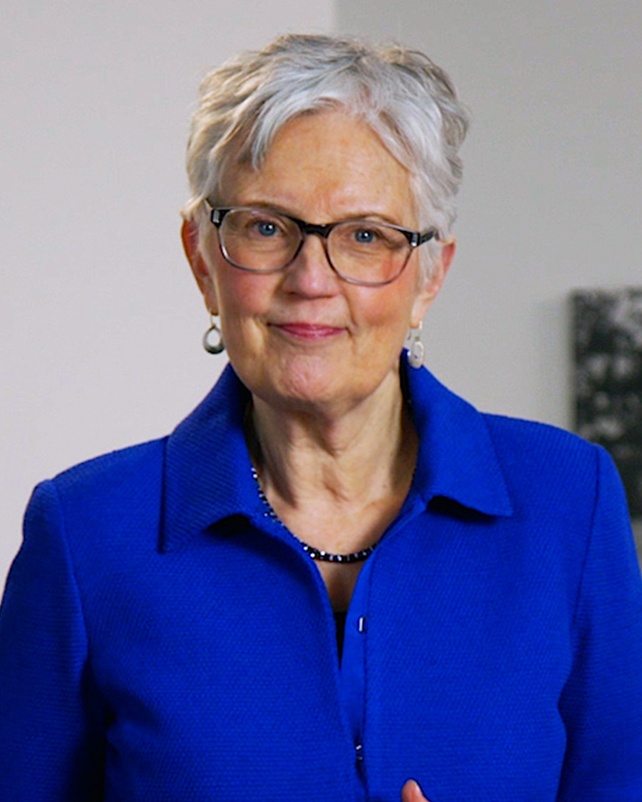What do we do when our go-to strategies – the strategies we rely on most to work with depression, anxiety, shame, fear, anger, and especially trauma – don’t work as well as we’d like them to?
What if there was one key element that could open up those places where we so often get stuck – even with our most challenging clients?
I’m talking about compassion.
You see, the way we now understand how compassion affects the brain and body can be game-changing for helping clients heal. Not only that, it’s constantly evolving.
Promising clinical research into the healing power of compassion can take our treatment strategies in a new direction.
This can improve our work with so many clients, especially when we start seeing a client’s progress stall, and we begin feeling like our tried-and-true interventions just aren’t working.
You see, we now have research into compassion that simply didn’t exist, even just a short time ago.
Looking back, there were probably a lot of things about compassion that seemed intuitive to us, but we had no science to back them up.
Now we have that science.
Researchers studying compassion can now identify what actually happens in the brain and in the nervous system when people practice compassion.
Not only that, we also understand compassion’s impact on the treatment of trauma much better than we did even five years ago.
And finally, we’ve learned more ways to work with the healing power of compassion. Ways to apply it that can help people who are struggling with anxiety and depression.
Compassion-oriented therapy is opening up new opportunities for practitioners to be even more effective with their patients.
But integrating compassion into your work can be complicated and nuanced.
That’s why we developed an advanced program that gathers all the latest on compassion and how we can apply it to our work . . .
. . . and we’re calling all practitioners, all over the world, to join us for the next four weeks as we meet to focus on the clinical application of compassion.

























